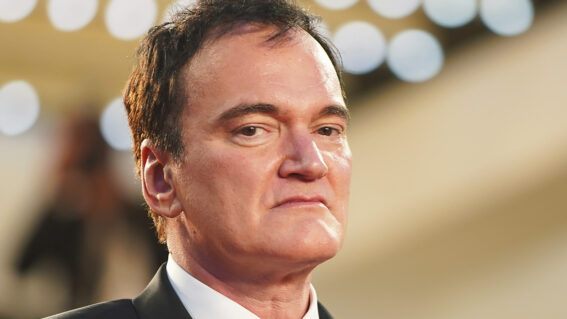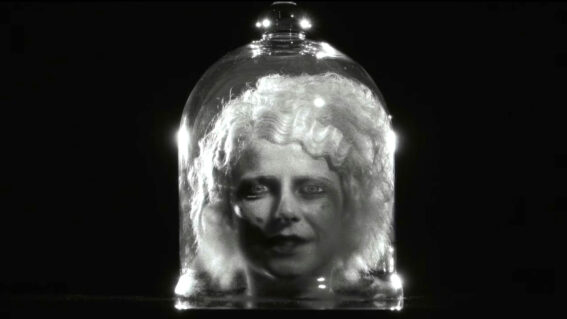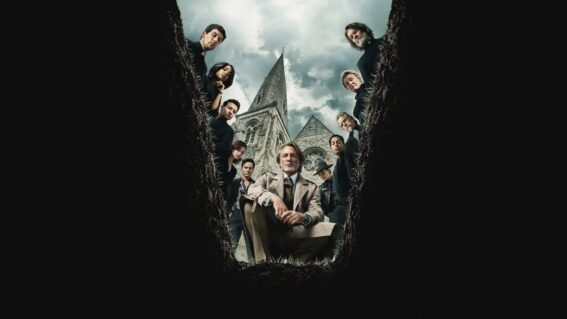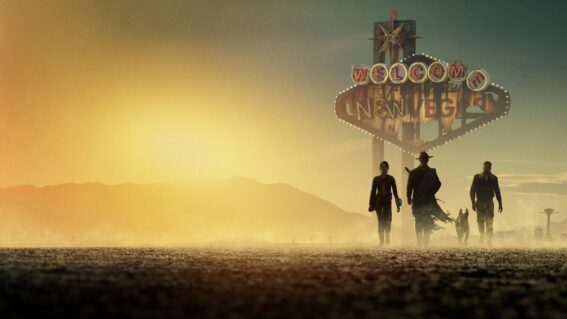One-shot horror MadS is no mere gimmick
It’s wild, dangerous, exciting stuff that finds a genuinely novel approach to the one-shot genre.
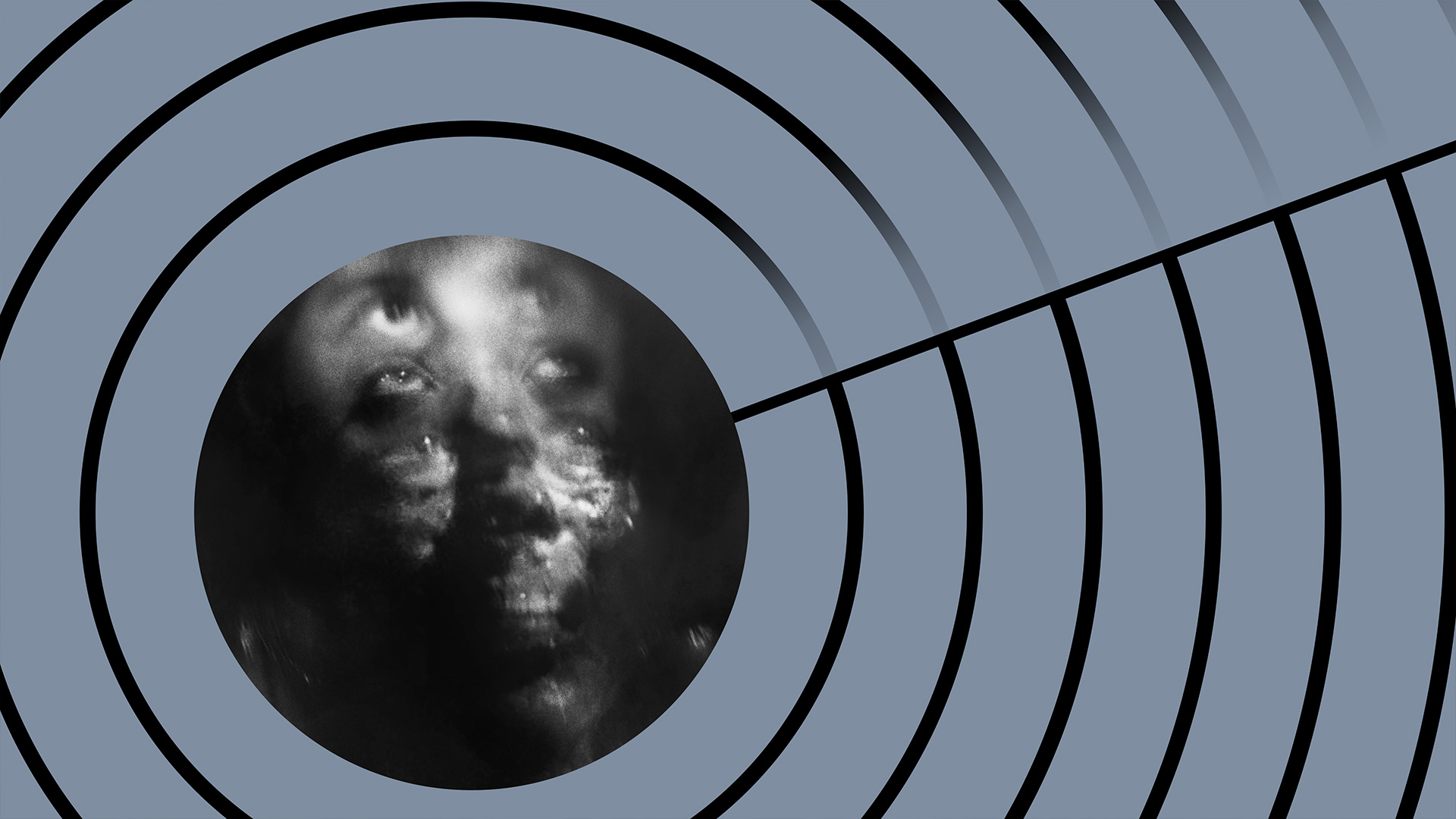
Sick of streaming services recommending you the same kind of stuff? Liam Maguren’s Off the Radar column highlights strange, unique, gimmicky, semi-indescribable titles worthy of your attention. Here, he spotlights one-shot French horror MadS.
Poor Romain. He just wants to do some blow, party with his mates, and celebrate his birthday. But one unfortunate run-in with a strange hitchhiker will tailbone his night into a spiralling nightmare of chaos and madness.
So begins MadS—yes, the ‘S’ is capitalised—a French horror that really wants you to know that it’s all done to look like one continuous take. And fair play to it. Any film with a long oner, even the faux ones that require digital stitching, automatically earn some kudos for attempting this audacious feat of cinematic choreography.
The mid-2010s saw some dazzling examples with Best Picture-winner Birdman and German crime thriller Victoria. Plenty more played heavily with super-long continuous shots done in interesting ways: director Dennis Hauck used actual film in his detective flick Too Late; anthology trilogy Waru, Vai, and Kāinga made their filmmakers do oners; and filmmaker Bi Gan made you wear 3D glasses for the unbroken second half of Long Day’s Journey Into Night.
Then there are the plethora of action flicks—like the John Wick films and both Extraction movies—that boosted their fight scenes and gun battles with the rollercoaster-like visceral clarity of a great oner. By the time Roger Deakins entered the party by shooting Sam Mendes’ 1917, it was hard to think anyone could technically push the style any further. There were certainly a fair number on the other end of the spectrum, like the nausea-inducing Carter or the painfully named Scott Adkins thriller One Shot.
But beyond showing off some technical filmmaking savvy, what storytelling purpose is there to doing a oner? Good films can answer that question—Boiling Point did it to capture the non-stop pressure in the kitchen, Fish & Cat warped the fabric of time around it—but unsatisfying ones usually can’t.
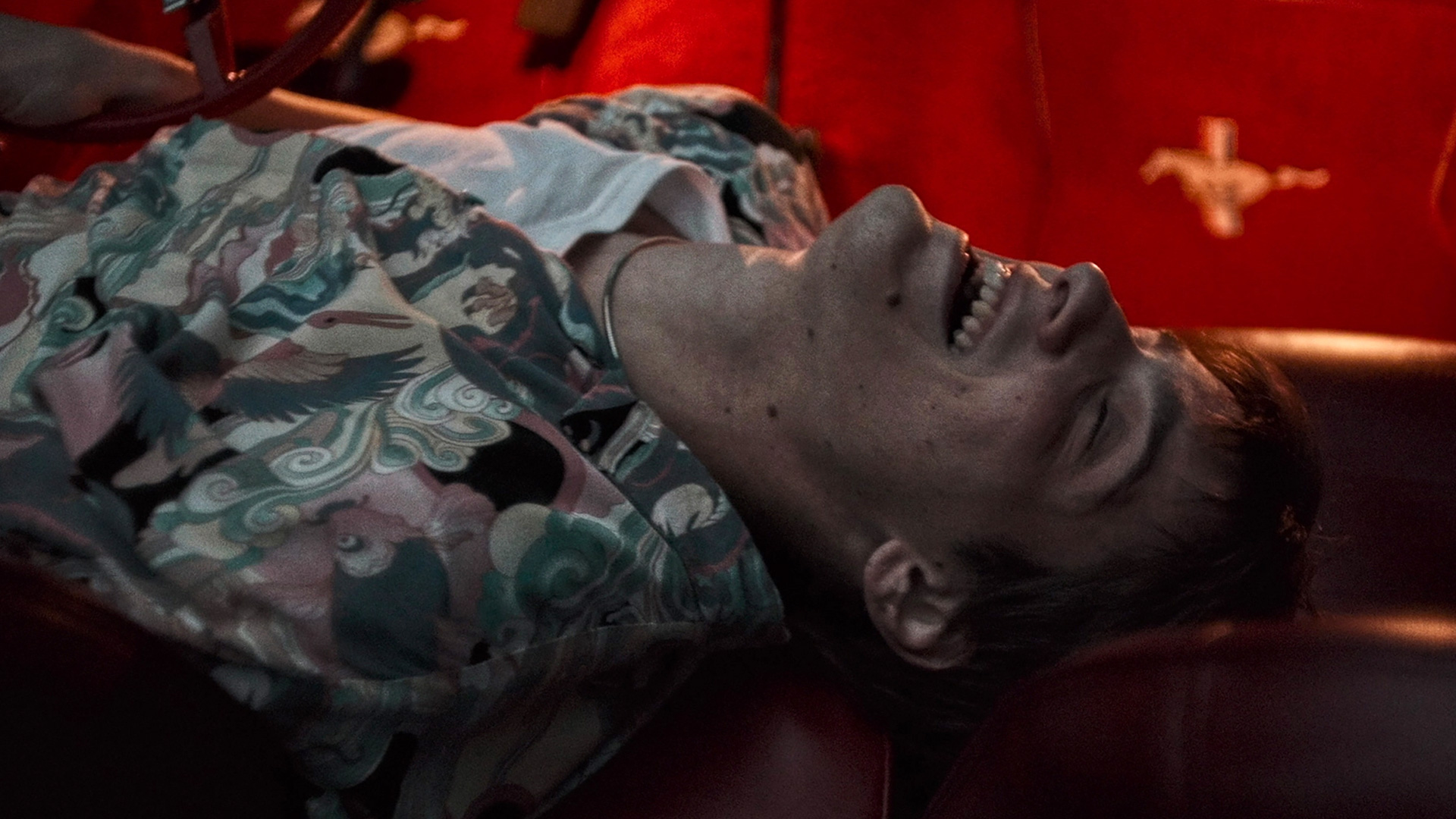
Fortunately, MadS can. It just doesn’t become apparent until the experience fully reveals itself.
What I can say, without spoiling anything, is that MadS takes full advantage of the locked-in feeling of a continuous shot. Once you get use to the fact that this film will never cut away to a new time or place, there’s a slow-boiling tension you won’t be able to shake. Whatever happens in the moment, you’re going to have to wait it out with Romain—no matter how much he screams or how fast he runs.
With the film not content on cluing the audience in on what Romain’s experiencing, lead actor Milton Riche walks a convincing tightrope as a young man who’s either freaking out from a bad trip or potentially something way worse.
But at the halfway mark, just when it looks like we’re about to see Romain reach a tipping point, the story takes a huge swerve.
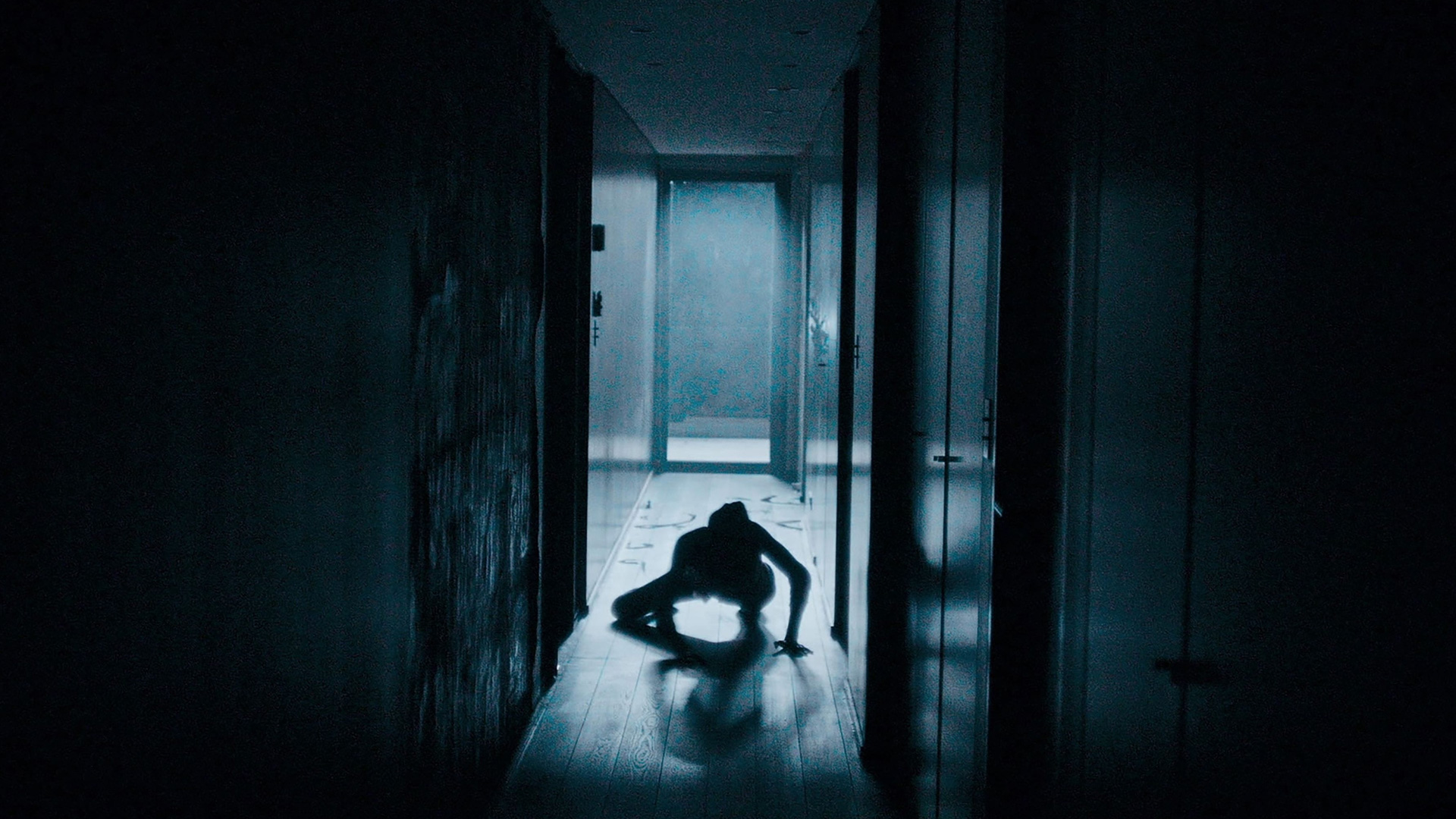
A conventional film wouldn’t pull what MadS does here. But because it’s a one-shot feature, this bold narrative switch coheres to the unbroken, continuous experience. It feels like we’re no longer being led by a surgically structured script or an editor’s carefully-crafted cut but by the impulsive will of the camera. This is uncharted territory, and the audience is being helplessly dragged towards an unknown endpoint.
It’s wild, dangerous, exciting stuff that finds a genuinely novel approach to the one-shot genre.








